This Friday sees the release of the latest installment in the Fast and Furious series – Furious 7. The trailers have promised another action-packed movie, with parachuting cars, machine gun coaches and driving from skyscraper to skyscraper. To celebrate the launch of the film, we’ve put together our list of our ten favourite cars in the series.
Watch our video and then read more about the Fast and Furious cars that make up our countdown.
TEN: 1971 Jensen Interceptor Mk III (Furious 6)
You may find it strange that we start the list with a British classic, what with the Fast and Furious series being more famous for the modified US and Japanese cars used by Dom, Brian and their gang. But we couldn’t create this list and ignore the Interceptor. Driven by Letty, Dom’s back from the dead ex-girlfriend, the Jensen Interceptor Mk III is in many ways a British mirror image to Dom’s Dodge Charger.
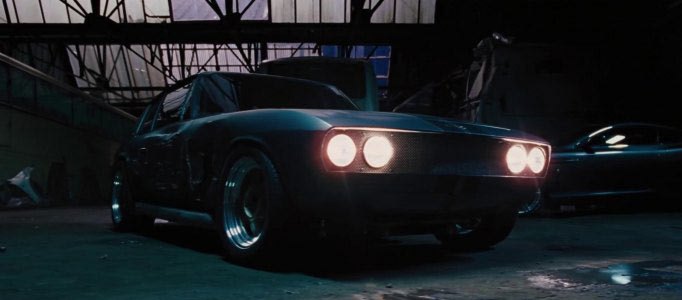
A low volume car from the short lived Jensen Manufacturer, the Interceptor Mk III was fitted with a monster 7.2 Litre 440ci engine. Hand built at the Kelvin Way Factory in the West Midlands, the Interceptor Mk III was produced until 1975, when Jensen entered financial difficulties and production was stopped. The original Interceptor was designed by Italian firm Carrozzeria Touring and built by famous Italian coachbuilder Vignale, so it looks fantastic, with interior styling top notch – even the ash trays are leather. Producing around 280 hp, the Interceptor is quick for its rather bulky size. A rather eccentric choice for the Fast and Furious series which is why we love it.
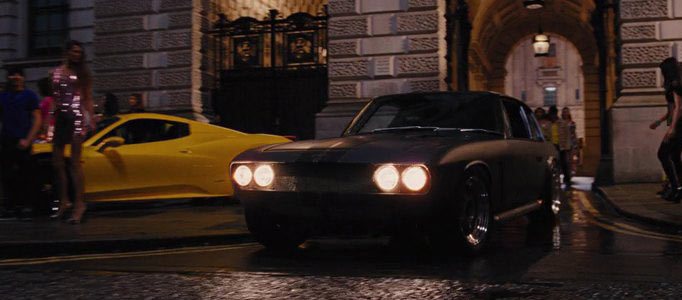
NINE: Lykan Hypersport (Furious 7)
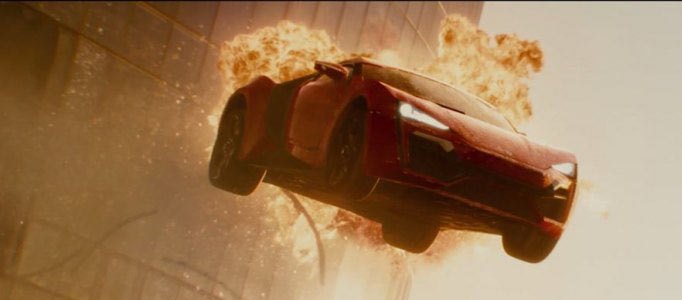
Watching the trailers for the newest Furious 7, one car immediately stood out – and not just because it was flying from one skyscraper to another. The Lykan Hypersport.
With a $3.7 million dollar pricetag, the Hypersport is one of the most expensive supercars on the planet. Built by Dubai based W Motors, it seems you would have to have Dubai amounts of money to own and run one. With 750 horsepower and 0-60mph in 2.8 seconds, the Hypersport is fast. Really fast. And if the laws of physics didn’t apply, why couldn’t it fly from one skyscraper to another?
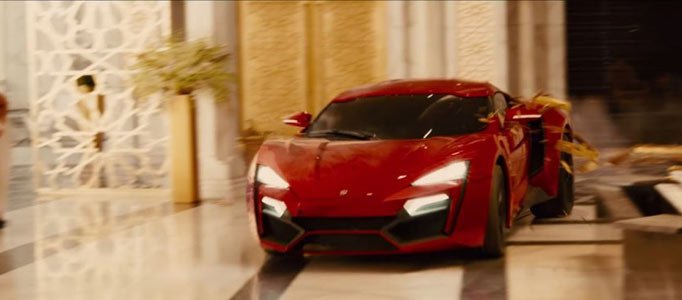
EIGHT: 2008 Subaru Impreza WRX STI (Fast & Furious)
Given to the film production by Subaru for free, the Subaru Impreza WRX STI signaled a change in the films. Gone was the reliance on street racing and modified cars, replaced with the all action feel that would dominate the latter entries in the series. Featuring in the big action set piece at the end of Fast & Furious, the Impreza also features in the new film. You can even spot it in the trailer, parachuting out of the back of a cargo plane with the rest of the crew.
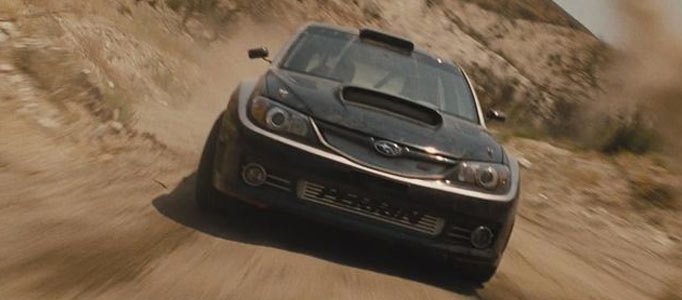
The Subaru Impreza is probably most famous for its role in motorsport, in particular as Colin McRae’s car with the iconic blue and yellow star livery. The 2008 WRX STI will go from 0-60 in 5 seconds, completing the quarter mile in 13.4 seconds. Important stats for the street race scene which spawned the film. But it’s in the final desert set piece that the Subaru excels, leading a convoy of enemy cars across the deserts around the US/Mexico border.
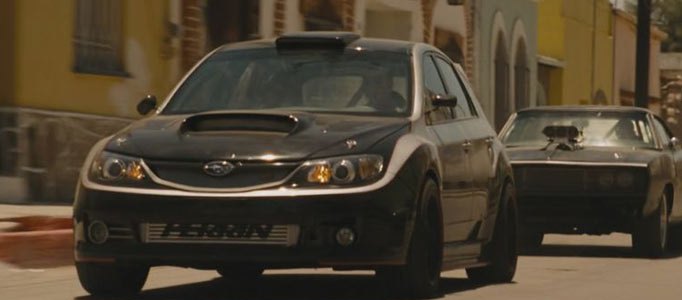
SEVEN: Armet Gurkha F5 (Fast Five)
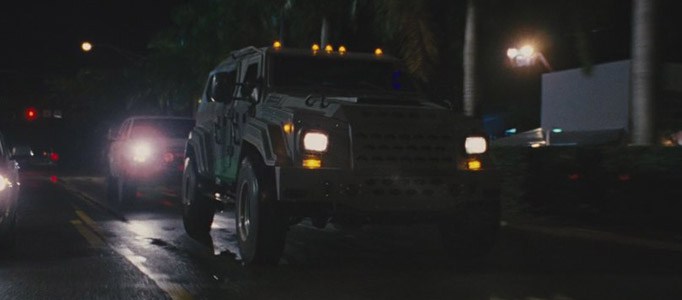
Taking a break from the flashy race cars, the massive Armet Gurkha F5 is a heavy duty armoured car from the fifth film in the franchise. Driven by Agent Hobbs, what other car could they have possibly used for the former wrestler and action movie start Dwayne “The Rock” Johnson. The Gurkha smashes its way through the streets of Rio de Janeiro, playing a pivotal role in the film’s final scenes.

Built by Canadian company Terradyne Armored Vehicles inc., the Gurkha is the civilian version of the company’s armoured Conquest car. The Gurkha is based on the Ford F550, with a custom made armour plated chassis built around it. It went on sale to the general public on the back of it’s success in the film, just without the tank-like armour. Whilst not quite the same car that appears in the film, the Gurkha F5 is still a formidable vehicle, nicknamed “the most badass truck on the planet” by The Rock himself.
SIX: 2002 Nissan 350Z “Fairlady” (The Fast and The Furious: Tokyo Drift)
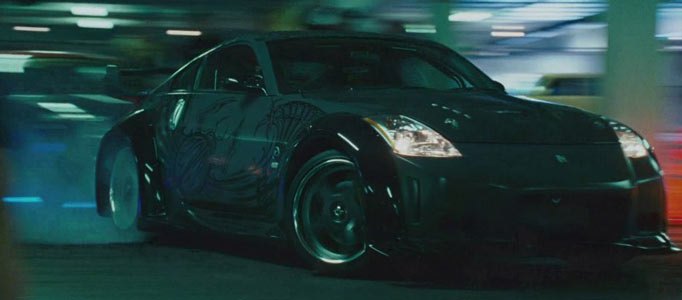
The only installment not to focus on Paul Walker or Vin Diesel’s characters, The Fast and The Furious: Tokyo Drift transported the action to the far east and the Japanese drift scene. The Nissan 350Z features prominently, with the good guy, the bad guy and a load of other guys drifting their 350Zs around the streets of Tokyo.
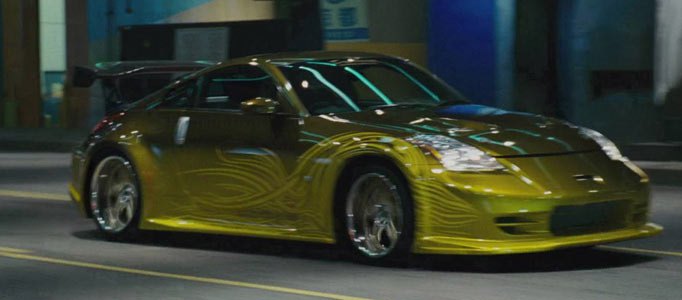
Known as the “Fairlady” in Japan (named after the Audrey Hepburn film “My Fair Lady”), the 350Z is the fifth generation in Nissan’s “Z line” of cars. It quickly became a popular choice as a competition motorsprot car. Unsurprisingly, it also became extremely popular in competition drifting, with its excellent acceleration and handling making it a good choice for Formula D and beyond. It’s acceleration has also made it popular for street racing. A promotional film launched by Nissan to coincide with its release showcased a 350Z reaching speeds of 200km/h (124mph) amongst the narrow streets of Prague.
FIVE: The Flip Car (Furious 6)
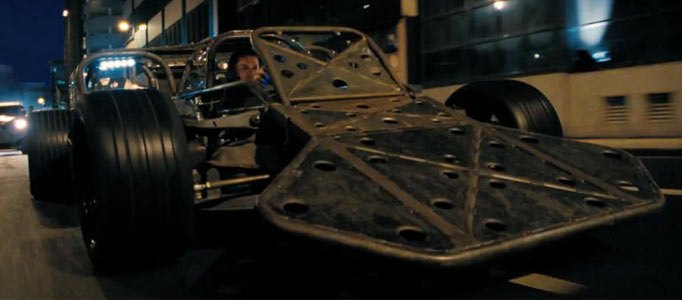
Made especially for the film, the flip car looks like something out of Mad Max or Robot Wars, not the Fast and Furious series. Based on the design of a Formula One car, it has a 8 cylinder engine producing 500 BHP. A real beast of a car. It’s also equipped with rear wheel steering, allowing it to almost sidestep left and right at high speed.

The piece de resistance is the ramp, a metal flap that raises up to protect the driver and send oncoming traffic flying through the air. The effect in the film is quite spectacular, with only a minor bit of camera trickery to hide a pipe ramp. Everything else is real, and the flip car really does send police cars spiraling through the air.
FOUR: 2006 Mitsubishi Lancer Evolution IX (Tokyo Drift)

The other main car in Tokyo Drift, the Mitsubishi Lancer Evolution IX is driven by lead character Sean Boswell as he makes a name for himself on the Tokyo drift scene. It became extremely popular as a grey import car, making its way to the UK through unofficial, unapproved channels.

Mitsubishi decided to import the car to the US starting in 2003, following the success of Subaru and their Impreza WRX STI. Fitted with a 2 litre, straight 4 turbo engine, the Lancer Evolution IX comes with a number of different engine and speed variations, depending on the market it was sold. The most recent Lancer Evolution’s cost anywhere from £50,000 new.
THREE: 1995 Toyota Supra Mk IV (The Fast and The Furious)

The car that helped launch the series, the Toyota Supra’s bold orange colour scheme and vinyl decals helped to launch street racing into popular culture. Soon everyone was trying to cash in on the craze, with the Need For Speed Underground games further adding to the popularity.
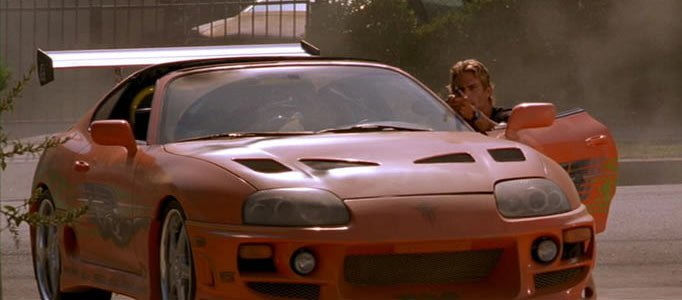
The 1995 Supra used in the Fast and the Furious was fitted with a twin-turbocharged 2,997cc straight 6 engine, giving the car 0-60mph in 3.4 seconds, making it a supreme street racer. Completing the quarter mile in 10 seconds, its top speed is up to 210 mph. During the film, around $20,000 of modifications are made to convert the car from a rusted heap into the top of the range street racer, including the NOS system. To complete the modifications in reality, you would need closer to $100,000.
TWO: 1999 Nissan Skyline R34 GT-R (2 Fast 2 Furious)

Brian O’Conner’s signature vehicle in the film series, the Nissan Skyline R34 first appears in the sequel, 2 Fast 2 Furious. Coloured in the character’s distinctive silver and blue decal colour scheme, the real life Skyline was built as a rival to the Mazda RX-7 and the Toyota Supra – O’Conner’s car in the first film.
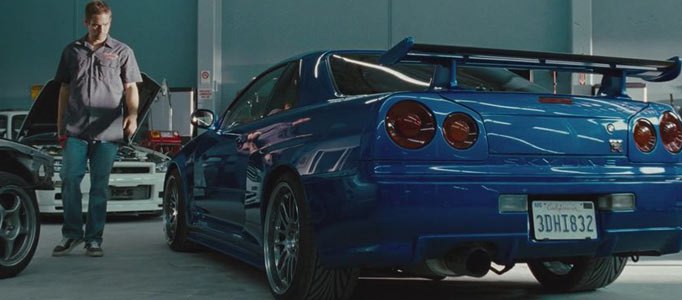
The Skyline used in the films was imported from Japan and had its engine replaced with the 2.6 litre twin turbocharged RB26DETT engine. Paul Walker became such a big fan of the car that he had one imported for himself, using the careful backdoors and unofficial channels that importers use to get their hands on these grey market cars. In its second appearance in Fast and Furious, a lot of the over the top street racing modifications were removed, keeping the car solid and reliable – another sign of the series shift from street racing to action films.
ONE: 1970 Dodge Charger R/T (The Fast and The Furious)
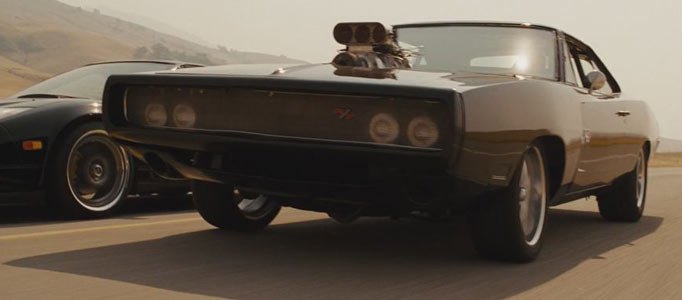
Out of all the cars in the Fast and Furious series, only one has managed to make the transition from the early street racing films to the more recent action thrillers – Dom Toretto’s 1970 Dodge Charger R/T. In the film series it originally belonged to Dom’s father, fitted with a 900 hp engine and able to complete the 1/4 mile drag race in nine seconds flat.
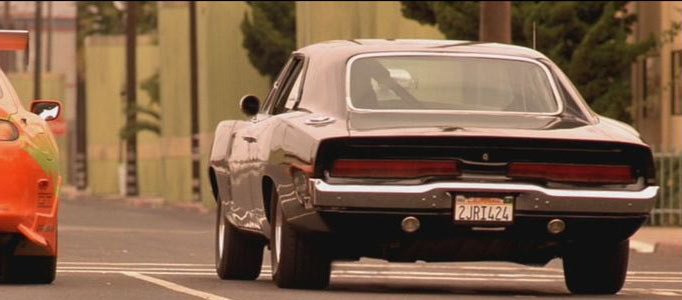
The original Dodge Charger was made to fit in between the Ford Mustang and the Ford Thunderbird’s position on the market. The R/T label is Dodge’s high performance moniker and means Road/Track. Some 1970 Dodge Charger’s were fitted with the 440 Six pack, that had three two-barrel carburetors and 390hp, the closest that the real life Charger gets to the film version without extensive modification. The car has been in other famous films, including Bullitt where the bad guys Steve Mcqueen chases around San Francisco used a Charger to outrun Mcqueen’s Mustang.
Have we made any big mistakes with our list? The Fast and Furious films have so many fantastic cars to choose from, we really are spoilt for choice.
The new Furious 7 film is out this Friday.
Looking to Upgrade Your Car?
You don't need to own one of these supercars to enjoy a little speed and exhilaration in your life. At Creditplus, we can help you find a car to put the thrill back into driving - and with a range of finance options, we can find the right package to suit your individual needs. Plus, our FindFund and Deliver service means we will deliver it to your doorstep at no extra cost! Apply online today to speak to one of our dedicated customer advisors and get on the road to your next car.





 Facebook
Facebook Twitter
Twitter Instagram
Instagram LinkedIn
LinkedIn Youtube
Youtube